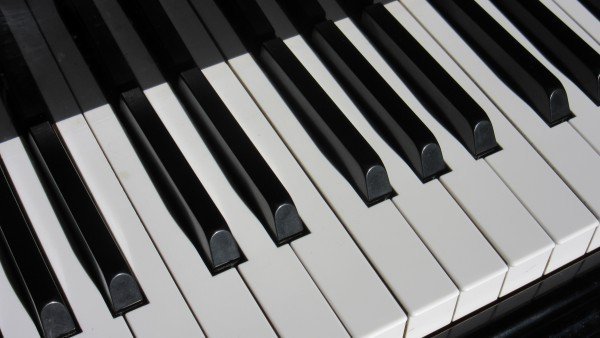“Music unites all qualities: it can exalt us, divert us, cheer us up, or break the hardest of hearts with the softest of its melancholy tones.” –Friedrich Nietzsche
As a musician myself, I know firsthand the power of music to transform, transcend, and transport. But a growing body of research is confirming an additional quality of the “magic” of music: the ability to heal.
Music and the Heart
One of the more recent studies to look at the therapeutic properties of music involved 350 patients who suffered continued episodes of chest pain following a heart attack, a condition known as post-infarction angina. The study results, presented at the American College of Cardiology’s 2020 Annual Scientific Session Together with World Congress of Cardiology (ACC.20/WCC), suggest that music, combined with standard therapies such as medication and lifestyle changes, can help in reducing post-infarction angina as well as the anxiety and stress associated with experiencing it.
In another study presented at the same meeting two years earlier, listening to upbeat music was found to boost exercise time during cardiac stress testing. As noted in the ACC press release regarding this study: “If you exercise while listening to music, you may have noticed it can help boost your energy and make your workout seem quicker.”
Other studies have demonstrated the ability of music therapy to lower blood pressure and heart rate, vital-sign effects that are usually considered indicative of relaxation.
Palliative Music Defined
This year I was introduced to the concept of palliative music, which is something that Mr. Glenn Dewitt, Chair of the American Palliative Music Council (APMC), has been thinking about for decades. I recently had the opportunity to discuss palliative music with Mr. Dewitt, and am delighted to share highlights from our conversation here.
Dewitt defines palliative music as “self-chosen music that helps improve quality of life and has the ability to create Therapeutic Recall Effect™ (TRE).” According to Dewitt, TRE is the ability of a song or piece of music to continue to play in our minds even after the music has stopped. Everyone has had the experience of humming a tune that they just can’t seem to get out of their heads: Dewitt says that in order for this effect to be created, the music has to have “characteristics that provide longevity, following the standard principles of songwriting.”
“The music industry has done this very well,” Dewitt explains. “They’ve created a verse, then a chorus, then a verse, then a chorus … and that allows your mind to anticipate what’s coming. The process of anticipation creates a hook, and it creates a song that is memorable. So for palliative music, after someone has had a 20- to 30-minute session of listening to the music, guess what? All throughout the day, they can continue to create TRE on their own, by humming the song they’re remembering, or just by remembering the tune in their mind. And that remembrance of that song they’re focused on creates TRE.”
Palliative Music for Chronic Pain Reduction
One of the ways in which palliative music improves quality of life is by helping to reduce chronic pain. As Dewitt notes, “It’s music that the individual enjoys listening to, that helps them pay attention to the music rather than to the pain. This may provide the opportunity to use less medication for the pain, and that can also improve quality of life in different aspects.”
Dewitt, who is a pianist himself, discovered palliative music in 1994 when he suffered a back injury from falling off a horse and required surgery for a herniated disk. He found that listening to certain pieces of music helped relieve his pain as he was recovering from the surgery.
More recently, Dewitt tells me, he tested both his own strength and the strength of palliative music to relieve pain when he went through the long and excruciatingly painful process of passing two kidney stones. According to Dewitt, he was able to use palliative music to distract himself from his pain and nausea to the point that he did not need to fill a prescription medication for nausea. (He notes that while he still had pain, it was not as severe.) The 24 songs he found most effective throughout this experience are now available for free, unlimited listening on the APMC website at https://pallmusic.org/share-the-music .
Dewitt’s goal through founding the APMC is to increase awareness both of palliative music and of palliative care, and how the two can be integrated (ideally at the time of diagnosis) to improve quality of life and provide comfort care. The APMC aims to be “primarily an education source,” as Dewitt explains, and will provide education and resources for patients, healthcare professionals, and anyone interested in learning more about palliative music and its benefits, including those who would like to become a Certified Palliative Music Care Coordinator™ (CPMCC).
For readers of the “Speak for the Heart” blog who would like to pursue certification as a Certified Palliative Music Care Coordinator™, the APMC is generously providing a 10% discount on the certification program.* Simply visit https://pallmusic.org/Certification and enter coupon code 3776 at time of checkout.
Want to learn more about how to live your heart-healthiest life? Subscribe to my newsletter.
*A form of affiliate marketing for LastSky Writing, LLC.
You may also be interested in reading:

